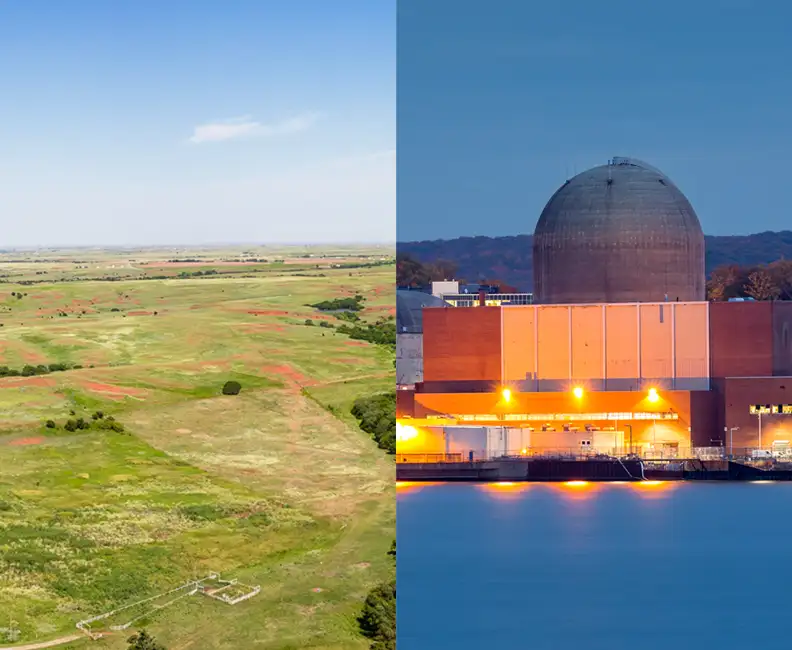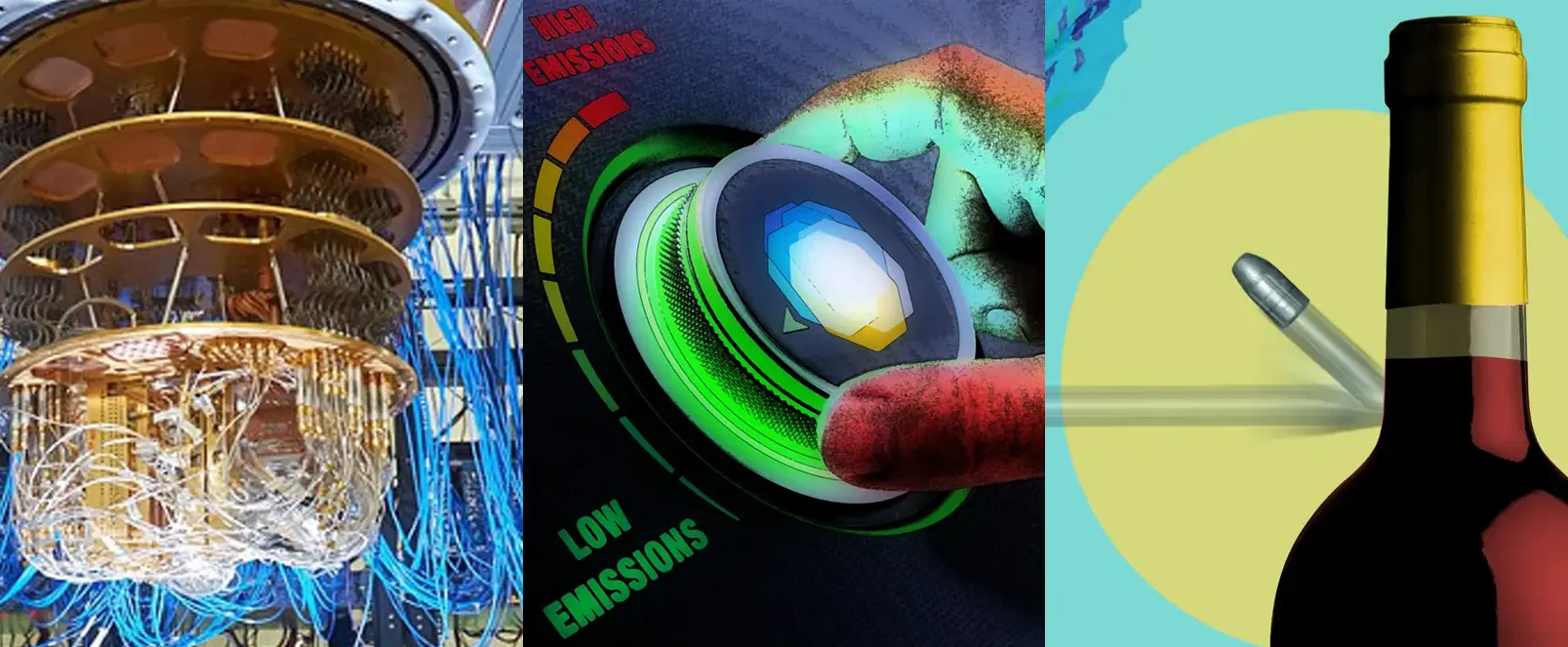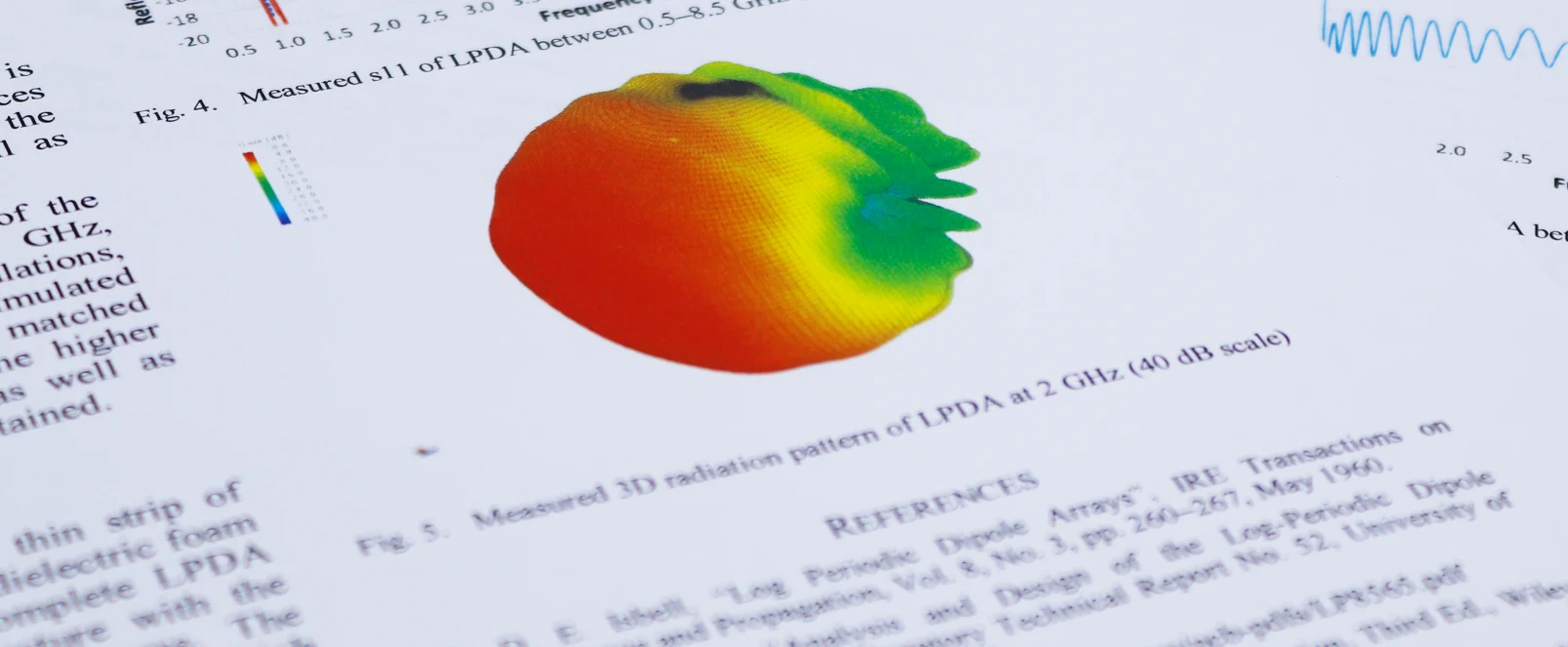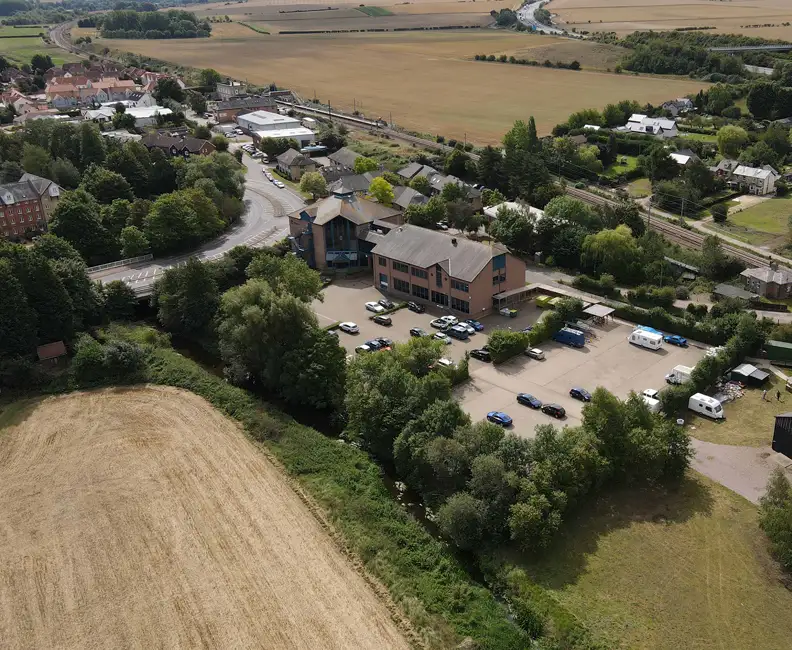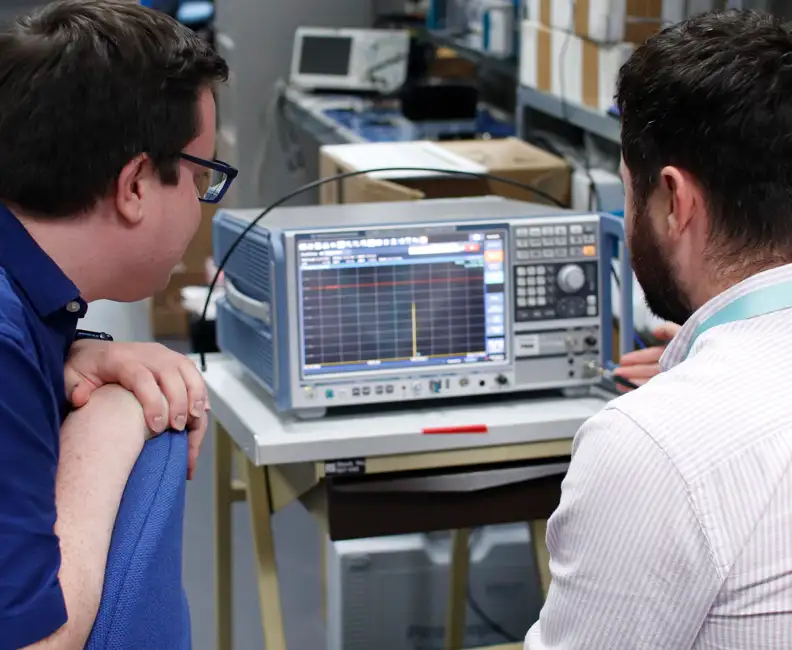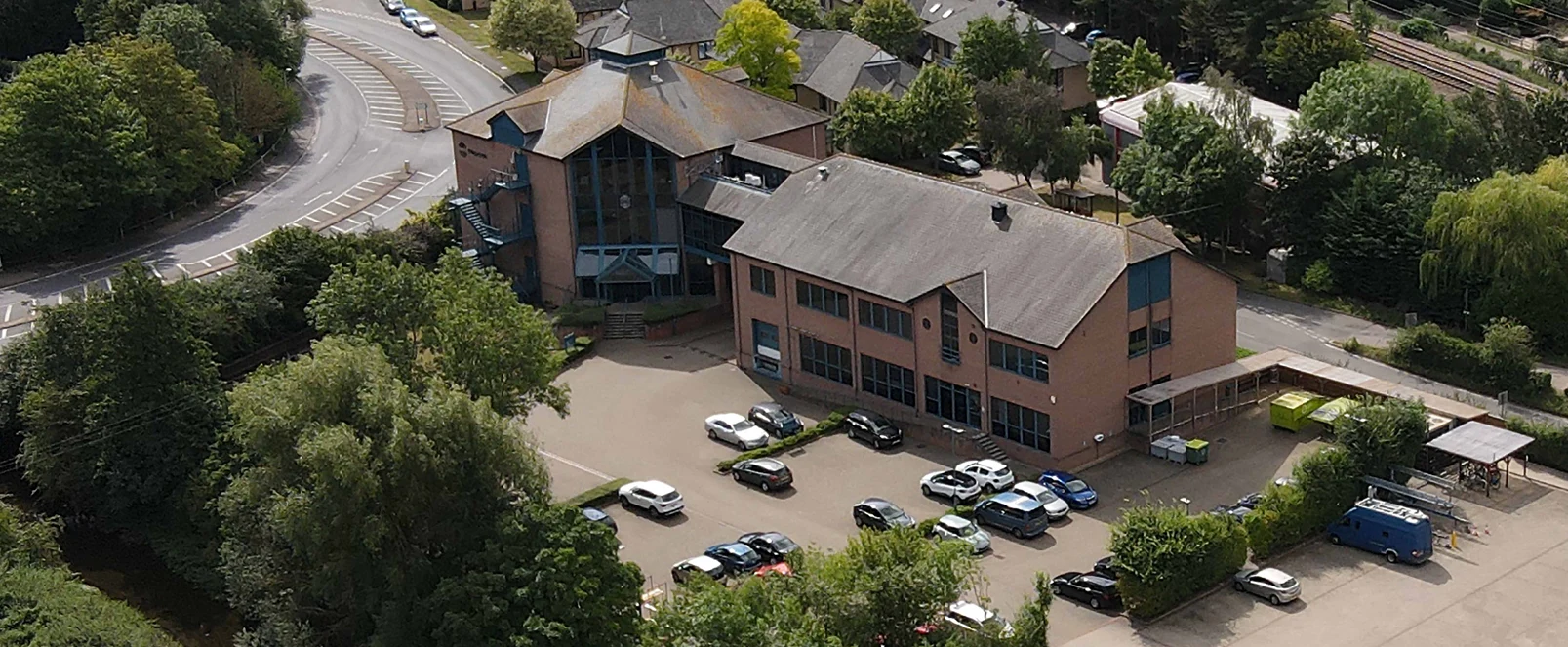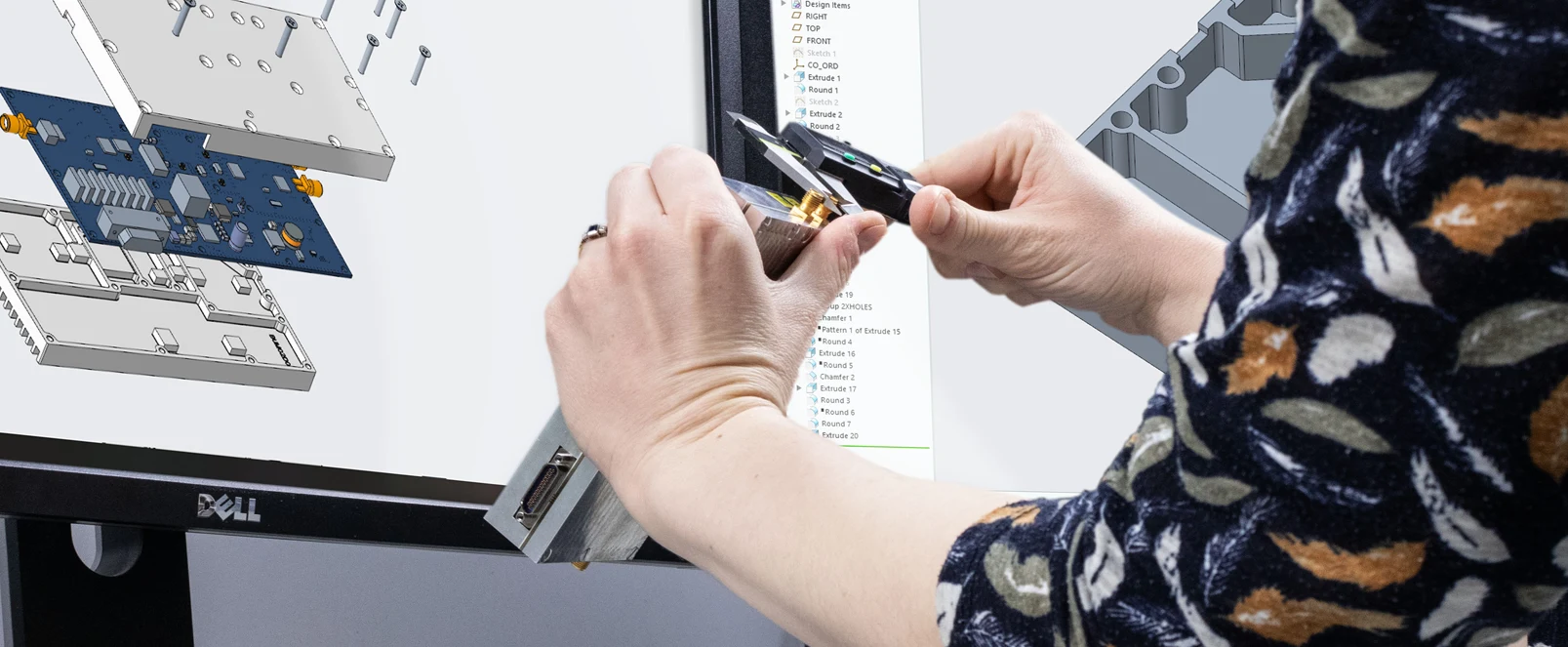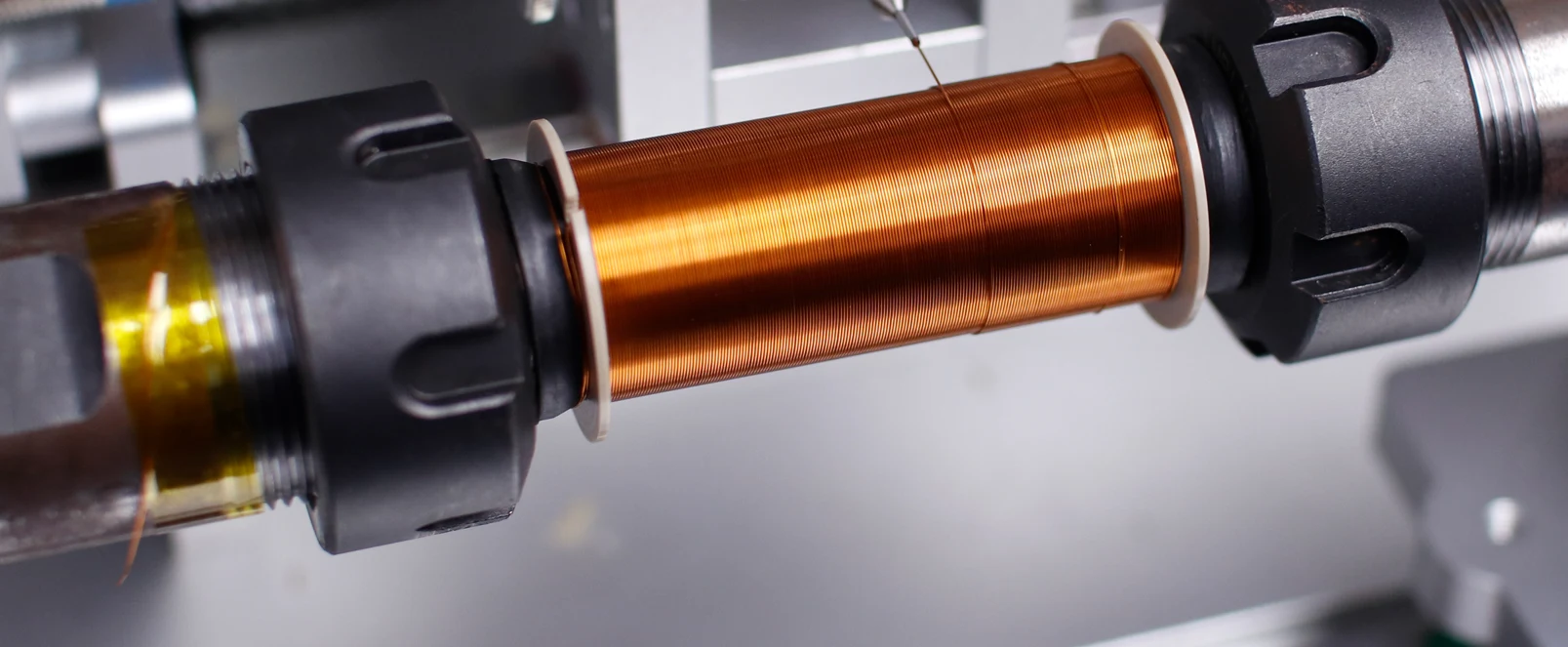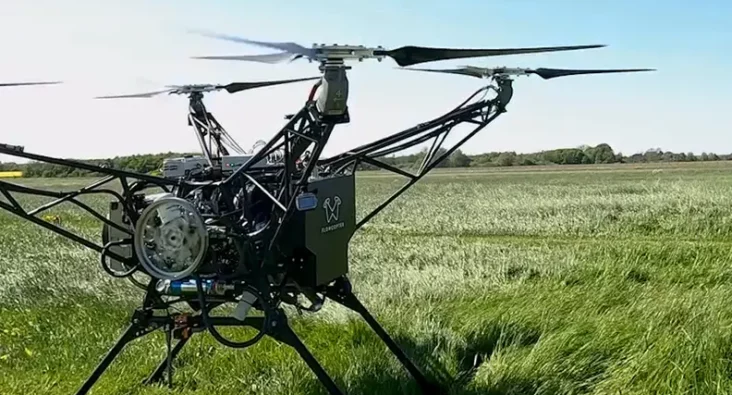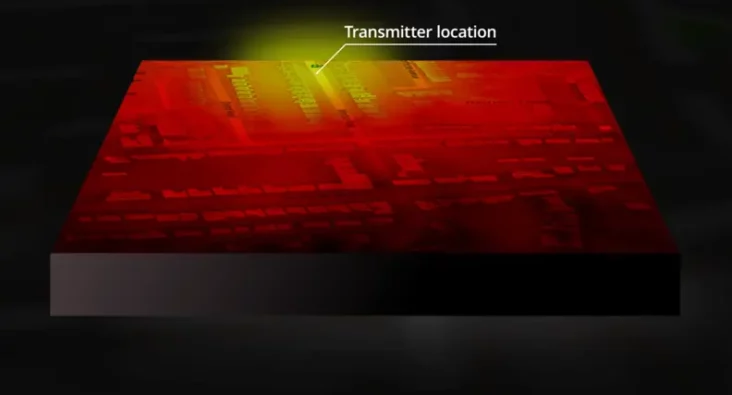
Counter-UAS
Evolving Threats Demand Next Generation Capabilities
Drone incidents at prisons in England and Wales increased 43% to 1,712 in the year ending March 2025, whilst airport drone incursions rose over 25% in early 2025 compared to 2024, with U.S. authorities recording 411 illegal drone incidents near airports in the first quarter alone. Recent disruptions at Frankfurt, Stockholm Arlanda, and Riga airports, alongside contraband drops at prisons across multiple jurisdictions, highlight the global nature of this growing challenge. Drones now account for nearly two-thirds of near mid-air collisions with commercial aircraft.
These incidents reflect an important shift: commercial drone technology now evolves faster than traditional defence procurement cycles. New systems offering greater range, higher payload capacity and increased levels of autonomy appear within months, not years. Operators are combining these platforms with GPS-denied navigation and autonomous flight capabilities, encrypted communications, and coordinated multi-drone operations, creating a rapidly changing threat landscape.
Effective Counter-UAS protection requires procurement that keeps pace with commercial innovation. Agile partnerships and adaptive architectures enable solutions that evolve continuously, integrating new technologies and responding to emerging threats. This approach helps ensure defences remain effective against future capabilities, not just current ones.
Our Counter-UAS Expertise
Core Capabilities & Technologies
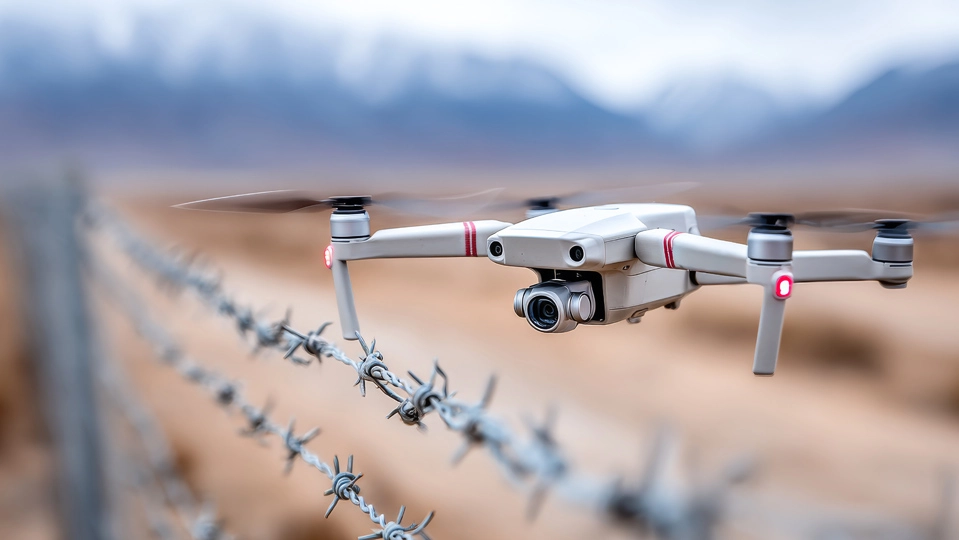
- Staying Ahead in the Electromagnetic Environment
We develop wideband RF sensing solutions that help identify and classify drone control activity across commercial and military signals. This supports early awareness and informed decision-making – whilst prioritising safety.
- Precision Detection of Small Airborne Threats
Our radar systems can be optimised to detect low, slow, and small air targets. By applying micro-Doppler techniques, they enhance the ability to distinguish drones from birds and background clutter, providing greater confidence in target identification.
- Selective Electronic Countermeasures
Plextek’s software-defined electronic countermeasures allow for selective and proportionate disruption of hostile drone activity, while aiming to minimise impact on friendly systems and the wider spectrum.
- Multi-Sensor Fusion and Integration
Our open-architecture approach enables data from radar, RF and EO/IR sensors to be fused and shared using recognised standards such as SAPIENT, supporting interoperability with existing command systems.
- Operationally Practical Solutions
Delivering systems designed for real-world deployment constraints. Lightweight, power-efficient architectures suitable for vehicle integration, temporary installations, or mobile team operations, balancing capability with operational practicality.
Counter-UAS solutions demand rapid adaptation. Our development cycles match threat evolution, not procurement timescales. Plextek has extensive experience delivering operational EW and sensing solutions at pace, often outside traditional acquisition models. We work directly with end users to trial, refine, and field capability in step with the threat.

Dan Gardner
Solutions Lead
What sets Plextek apart?
When adversaries deploy new evasion techniques, we can respond with capability updates in weeks, not procurement cycles that span years. Our software-defined architectures enable rapid adaptation through firmware and algorithm updates.
All core technologies are developed in-house at our UK facilities, for the Armed Forces, defence primes, and critical infrastructure operators we support. This means operational security and sovereign control of sensitive counter-drone methodologies.
We bring over 35 years of electromagnetic spectrum expertise to Counter-UAS. This enables us to solve problems that defeat conventional approaches, detecting frequency-hopping communications, tracking ultra-low signature targets, and maintaining performance in cluttered environments.
We work embedded within your teams to understand threat scenarios and operational constraints. Whether protecting deployed forces, securing sensitive sites, or integrating into wider defence systems, our solutions evolve through continuous dialogue and regular capability enhancements.











